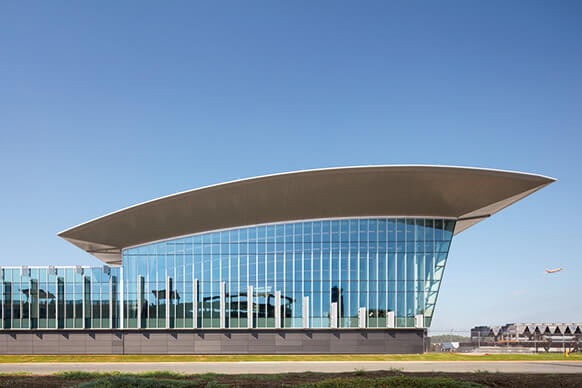
Welcome to our Durham studio
We’re all about the human element. With design as our medium, we apply a research-based approach, questioning core assumptions to shape experiences that connect people to the built and natural environments, cultural context, and to one another.
Located in Downtown Durham, where we are embedded in and inspired by the city’s rich culture, our studio is surrounded by excellence ― Tier 1 research universities, many of the best health services in the world, and Research Triangle Park, the largest research park in the United States. Whether we’re working on a library, museum, hospital, lab, or workplace, we approach the planning and design of transformative places based on strategic global thinking and local cultural intelligence.

Legacy Tower
411 W Chapel Hill Street, Suite 200
Durham, North Carolina 27701
t +1 (919) 433-5300
Our clients, colleagues, and communities deserve to partner with a design firm that advocates for them — actively engaging diverse perspectives to elevate a project’s meaning and purpose.
Our North Carolina practice is a microcosm of the firm – reflecting diversity in our leadership studios as well as being intentional in creating diverse design and consultant partnerships.

“Our team brings exciting ideas to the forefront. We converge project types, forming new connections that provide engaging user experiences.”
—Scott Heffner, Architect
























Socialize with Durham